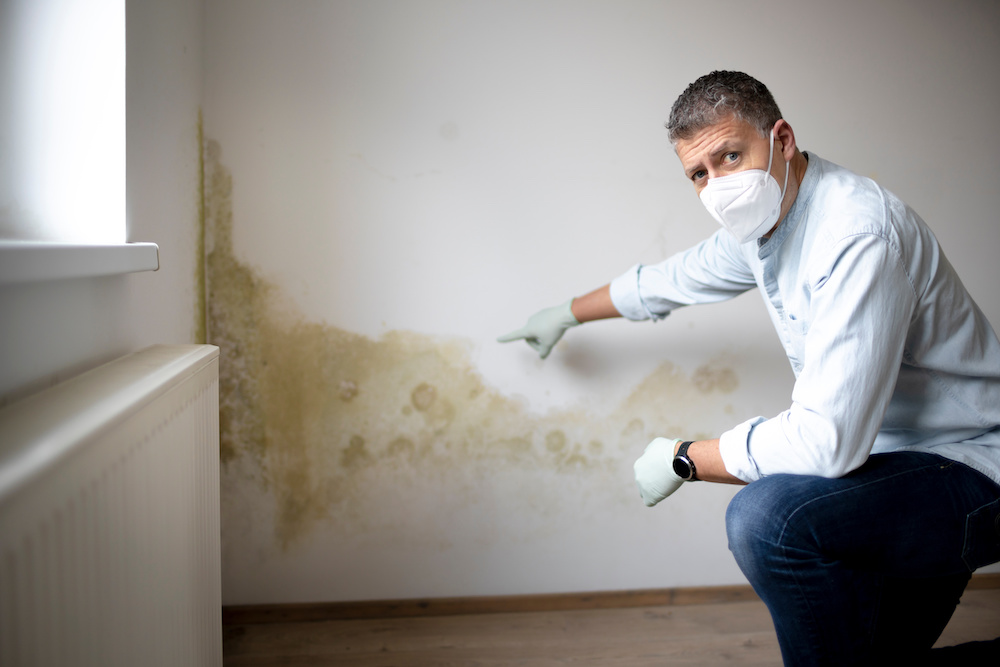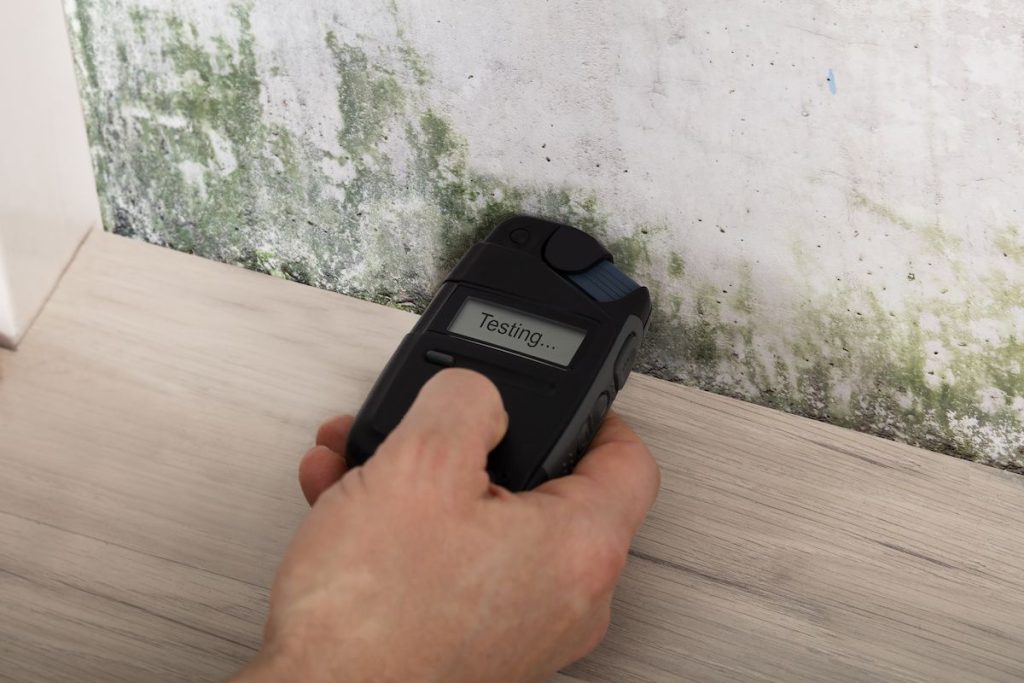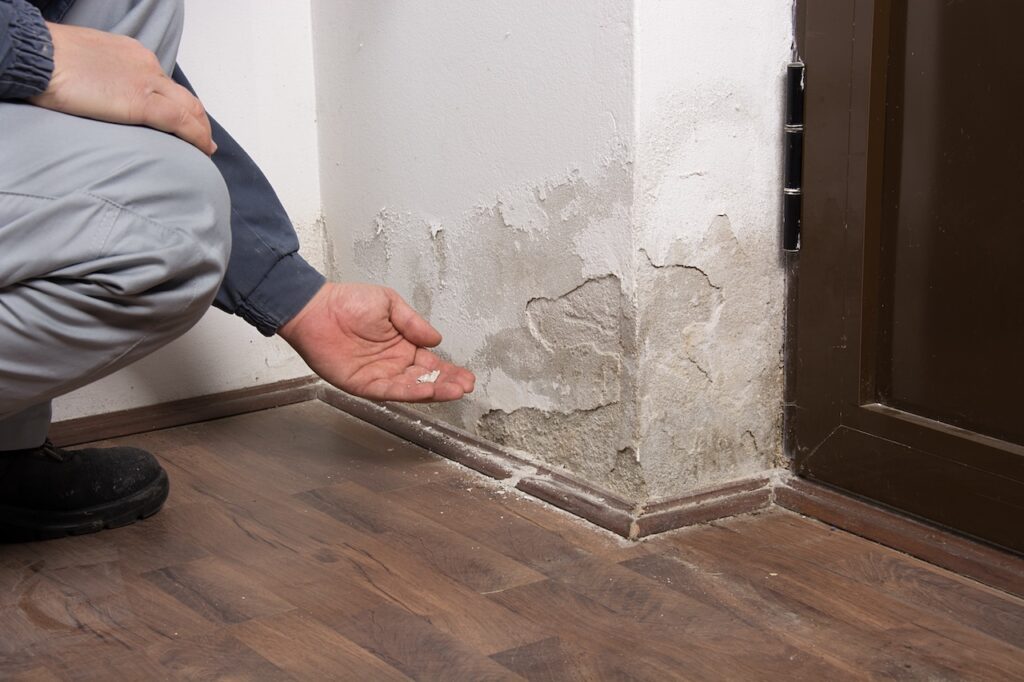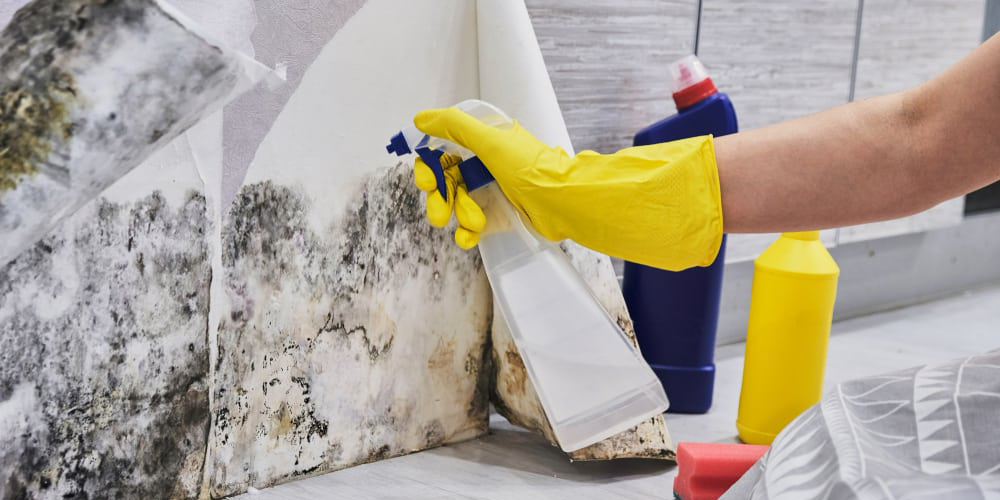
Read More

What determines a home’s value? It is a simple question that has a somewhat complex answer. Factors such as location, property size, age, and condition of the home are all considered. The last aspect holds tremendous weight, including structural integrity, potential damage issues, and an unlikely culprit: mould.
Mould is a serious issue that can have dire consequences if left untreated. How does mould affect a property’s overall value? How does a property with a history of mould lose its value? How much does mould devalue a home? In this blog, we’ll examine these questions in depth.
Mould is a type of fungal growth that can occur both indoors and outdoors. It is a common problem in many homes and buildings, particularly in high-humidity or moisture areas. Water damage is the leading cause of mould infestations, and its presence can significantly impact a property’s value.
It spreads by releasing spores into the air, which can then settle on surfaces and grow. Mould thrives in warm, damp, and humid environments and can appear on wood, paper, carpeting, and fabrics affected by water damage. Food is also susceptible to mould growth if it’s improperly stored.
Mould exposure can have various health hazards, particularly for people with allergies or respiratory problems, immunocompromised individuals, those under a physician’s care, patients undergoing chemotherapy, elderly persons, and infants. Allergens can even affect those who consider themselves healthy. Long-term exposure and degree of contamination can be factors that affect everyone. Mould spores can cause allergic reactions such as skin irritations, sneezing, runny nose, and itchy eyes and trigger asthma attacks. Long-term mould exposure can cause more severe health problems, such as respiratory infections or chronic lung disease.

Mould is a concern for property owners and home buyers alike. When it comes to the latter, it’s not something those looking to purchase a property are willing to overlook; in fact, mould growth is considered a red flag. The presence of mould can lower the resale value of a house by up to 10-30%, depending on the extent of the infestation.
According to researchers in a 2001 study, one particularly serious mould infestation decreased a luxury home’s resale value by more than half. The loss amounted to hundreds of thousands of dollars. While this was a rare case, the researchers found that property values saw reductions up to 25% were expected due to large-scale mould infestations.
So, how much does mould affect the value of a home?
A factor that can impact a home’s property value is its physical appearance. Visible mould contamination, such as black or green patches on walls and ceilings, can make a property look less visually appealing to potential buyers. The mould may also emit unpleasant odours, which could further deter interested buyers from making an offer.
The presence of mould in a home can also give the impression that it is not well-maintained. In addition to its unsightly appearance, visible mould growth on walls and ceilings may suggest to buyers that the property has not been cleaned thoroughly. Such an undesirable look could make them think twice about investing in the property.
While mould can seem like a mere annoyance, it can have severe consequences for the integrity of a home. When left unchecked, it can destroy the integrity of a building’s structure, making it unsafe to live in.
One of the most significant ways mould can damage a home’s integrity is by weakening the building’s support beams and framing. Mould spores can latch onto wooden beams and consume the wood, gradually weakening the structure. Over time, this can cause the property to become unstable, putting the home’s inhabitants at risk.
Furthermore, mould can cause damage to drywall, insulation, and other building materials. As mould grows, it releases enzymes that break down the cellulose in these materials, causing them to weaken and deteriorate. This decline can lead to sagging walls, crumbling drywall, and other signs of structural damage.

Another way in which a mould infestation can impact a home’s integrity is through the production of mycotoxins. Mycotoxins are toxic compounds that some types of mould produce as a defence mechanism. These toxins can harm humans and animals and cause various health problems. In addition to their health effects, mycotoxins can also cause damage to building materials. Over time, the toxins can weaken and degrade the materials, leading to further structural damage.
Mould growth can also pose serious health risks. Mould spores can cause respiratory issues, such as asthma and allergies, skin rashes, headaches, and other symptoms. Long-term mould exposure can increase the risk of more severe health issues or infections. For those with weakened immune systems, the chances are even more significant.
People with asthma and respiratory ailments are in jeopardy of enduring serious consequences of mould exposure. However, even healthy people can fall ill. Seniors and infants are considered the most vulnerable age groups.

Though mould is a common problem homeowners face, it is possible to remediate the damage. When confronted with mould damage in your home, swift and effective remediation efforts can prevent further spread and health risks. Resolving mould issues requires a comprehensive approach that involves identifying underlying issues, removing mould growth, and implementing measures to prevent future outbreaks.
Mould remediation is a complex task that requires extensive knowledge and experience. Professional remediation efforts are the best way to ensure the job is done correctly. A professional team will assess the extent of the damage, use specialized techniques and equipment to remove visible evidence of mould growth, and suggest preventive measures for avoiding future outbreaks.
The next step is to assess the extent of the damage. Depending on the severity of the mould damage, a professional mould remediation company will perform a mould inspection before starting their work. All areas that are affected will be checked for mould. In some cases, the mould may have caused structural damage requiring repairs.
The first step in resolving mould problems is identifying the root cause. Mould requires moisture to grow, so backtracking to discover its starting point is important. Familiar water sources include leaks in the roof or plumbing, poor ventilation, and high humidity levels. Once experts have identified the source of moisture, they can take steps to fix it and prevent mould growth in the future.
Once the technicians have assessed the damage and identified the moisture source, they will contain the mould to prevent it from spreading to other areas of your home. They will do this by closing doors and windows and sealing the affected area with plastic sheeting. They’ll wear safety gear, known as personal protective equipment (PPE), such as rubber gloves, goggles, and a mask, to avoid exposure to mould spores.
After thoroughly removing the excess moisture from the affected parts of your home, the space is thoroughly sanitized using disinfectants and dried. Mould thrives in moist environments, so removing all water from the area is crucial to prevent mould growth. Fans and dehumidifiers ensure the drying process goes according to plan.
If the mould has caused structural damage to your home, you may need to hire a professional to help with repairs and reconstruction. Mould can weaken the structure of your home, so it’s essential to address any damage as soon as possible to prevent further problems.

To prevent mould growth, keeping your home dry and well-ventilated is essential. Fix any leaks or moisture problems as soon as they arise, and use exhaust fans in bathrooms and kitchens to lower humidity levels. Regularly inspecting your home for signs of mould growth, such as musty odours or discoloration on walls or ceilings, is also a good idea.
If plans to put your home on the market are in your future, remember to address any mould issues prior. After all, you’ll want potential buyers to see your home at its best and mould-free!
When you need prompt mould removal, choose a company with the expertise and experience to effectively and safely remove mould from your property. PuroClean is a reputable and reliable company that specializes in mould remediation services.
Our certified technicians use the latest equipment and techniques to locate and remove mould from your property. We also use air filtration systems to ensure that the air quality in your property is safe and healthy to breathe. We take pride in our thorough and efficient approach to mould remediation, ensuring that all affected areas are properly cleaned and disinfected to prevent future mould growth. Don’t hesitate to call us at (877) 261-7876.